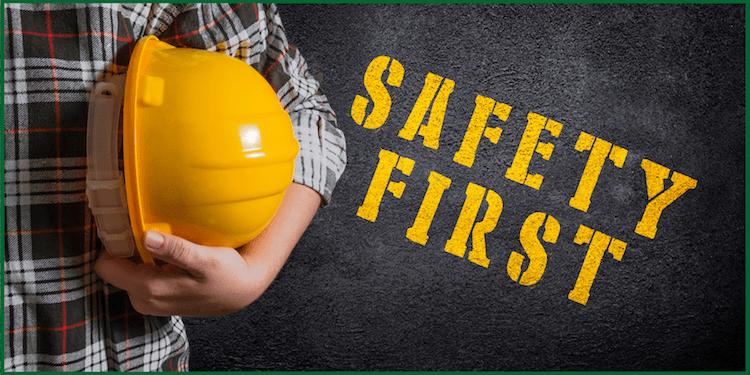Developing a workplace culture prioritizing safety first is fundamental to any successful business. It ensures the well-being of employees, fosters a positive work environment, and contributes to higher productivity.
Establishing a workplace safety-first culture is also crucial for any organization’s longevity and long-term success.
Here are some essential steps to creating a safety-first culture at a workplace.
1. Leadership Commitment
The commitment of the leadership team is paramount in creating a safety-first culture. When employees observe their leaders prioritizing safety, they are more inclined to take it seriously. Executives and managers should lead by example by adhering to safety protocols and promoting a safe work environment.
2. Employee Involvement
Encouraging active participation from employees in safety initiatives can significantly impact the workplace culture. Employees must feel empowered to report safety concerns, provide input on safety procedures, and participate in safety training programs. This involvement creates a sense of ownership and responsibility for safety among the workforce.
3. Clear Communication
Effective communication is essential for creating a safety-first culture. Clear and concise communication of safety procedures, policies, and protocols is crucial for ensuring employees understand their role in maintaining and working in a safe workplace environment. Regular safety meetings, newsletters, and training sessions facilitate open communication about safety-related matters.
4. Training and Education
Providing in-depth safety training and educational resources ensures employees are fully equipped to work safely. Training programs should cover hazard recognition, emergency procedures, proper equipment use, and best practices for maintaining a safe work environment. Ongoing education helps reinforce the importance of safety and keeps employees informed about the latest safety standards.
5. Safety Recognition and Incentives
Employees’ recognition and reward for their commitment to safety can reinforce a positive safety culture. Implementing safety incentive programs, acknowledging safety milestones, and publicly recognizing safety-conscious behavior can motivate employees to maintain a safe workplace.
6. Continuous Improvement
Developing a workplace safety-first culture is an ongoing process that requires continuous improvement and evaluation. Regular safety audits, incident investigations, and feedback mechanisms can help identify lagging areas for improvement and ensure that safety protocols are effective and current.
7. Embracing Technology
Utilizing Technology to bolster safety initiatives can enhance the overall safety culture. Integrating Technology, e.g., Ergonomics, into safety practices can help reduce risks and improve overall safety outcomes, from implementing safety management software to utilizing wearable Technology for monitoring vital signs in hazardous environments.
Bottomline
In conclusion, nurturing a safety-first culture in the workplace demands wholehearted commitment, clear communication, and continuous enhancement.
Investing in safety not only protects organizations’ most valuable asset—their employees—but also fosters a positive and productive work environment. Prioritizing safety is a win-win for both employees and the organization.
Do you enjoy this reading? Kindly share with family, friends, and colleagues. Thanks! 🙂



